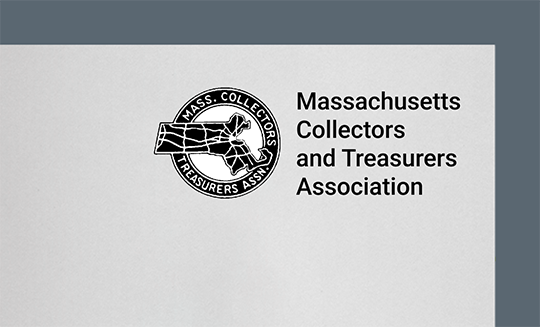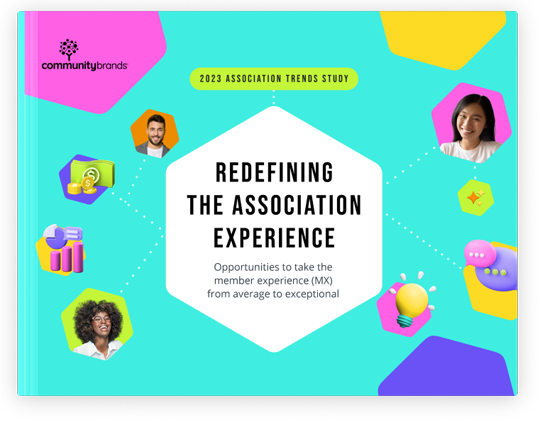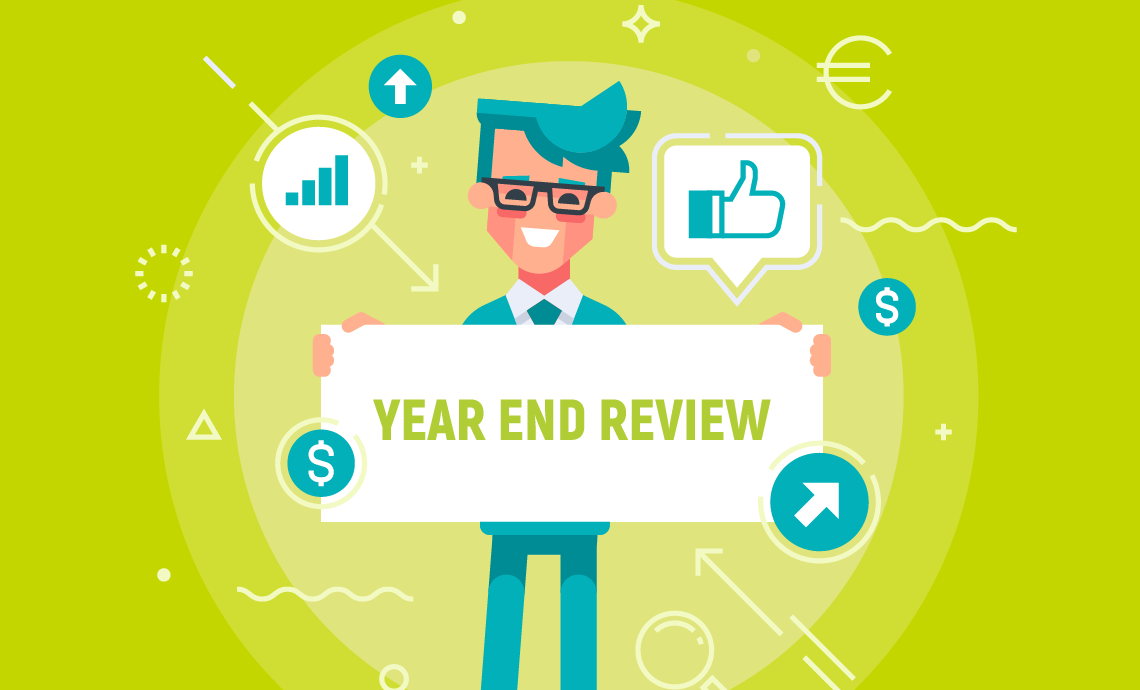Editor’s Note: Elizabeth Engle, CAE; Mary Byers, CAE; Peggy Hoffman, CAE; and Shelly Alcorn, CAE provided these 10 tips for 2014 that are still useful as association leaders head into 2017. We’re hoping to lighten your load and not add to your 2017 to-do list. But, honestly, each one takes some work on your part to accomplish. But, it’s worth it in the end! (Updated from YM Blog, December 2013.)
Dutifully, you scan the stream for tidbits and suggestions that are likely to follow any New Year’s resolutions you made out the door within a few weeks. They become just more activities you swore to do, and, by next month, seem out of touch or unrealistic. Even worse, they undermine your efforts to actually be more successful.
But, you’re not alone when it comes to making and breaking these well-meant resolutions. Did you know that, on average, 45% of Americans usually make a New Year’s resolution, and of that, 49% have infrequent success? Meanwhile, only 75% of resolution makers maintain theirs through the first week of the New Year, 71% after two weeks, 64% after one month, and 46% after reaching the summer season. Doesn’t look good, does it?
There are three primary reasons people (and their associations) fail to achieve their stated annual goals. That’s because people can:
1. Make unclear, vague or unrealistic goals.
2. Fail to track the progress to reach those goals.
3. Show weak self-control and self-regulation when faced with challenges distracting them from their ability to achieve their goals.
So, in the interest of actually hitting your goals, maybe it’s time you got a break. Let’s take a few items off of your already overfilled plate. Here are some useful tips and ideas on what you can stop and unlearn as you dive into 2017.
Stop! These aren’t worth doing.
1. Choose any one project that you’ve routinely done without question and stop doing it in 2017. You know: the poorly-attended networking hour at the end of the long conference or the volunteer leader conference call updates that few call-in to. Maybe you can kill the printed membership card or directory, or [substitute legacy program here] that you do because the past-past president says “everyone” still uses it.
2. Stop creating new committees every time you need to accomplish something. Look into task forces, micro volunteering and “ad hocracy.” Remember, the idea is get things done. As the old saying goes, a camel is a racehorse that was designed by committee.
3. Stop placing every program you offer on “auto renewal.” Don’t add any new programs until you’ve finished a complete inventory of all existing programs and services, deciding which to continue and which to quietly retire based on performance (or lack of it!).
4. Don’t add a new program or service without completing a one-page overview identifying how much it will cost, how it meets your mission, what your expectations are, and so on.
5. Don’t continue to promote your association with the same benefits as you did from five years ago. We live and work in a competitive, rapidly-changing environment. Your benefits statement needs to change with the times. Remember, what people thought was valuable a few years back, may be irrelevant today.
Things to unlearn.
6. Your member is a customer. It’s time to finally come to terms with the fact that members are not customers. They are experience co-creators. Is it important to still use customer service skills when dealing with members? Of course. But spend less time trying to think up more ways to spoon feed your members and more time figuring out how to help them help themselves.
7. Frequent member surveys. Do we need good data on members? Yes. Do we need to data mine our members to death? No. Do you really need to survey your members every year to find out if professional development, networking and advocacy are important to them? If networking slips from a 4.3 to a 4.1 does that really matter? Spend less time collecting more data and more time collecting the right data.
8. Gen Y aren’t joiners. This is a stellar nugget that keeps making the rounds in the association community. It’s also wrong. As long as there are careers, economic and political threats to livelihoods and a need for continuing education and networking, associations will continue to form. The barriers preventing Gen Y from joining haven’t been fully acknowledged or mitigated yet, but they will be. Spend less time searching for the magic marketing bullet to sell your current benefits to Gen Y and more time developing programs that actually appeal to them.
9. Membership dues. Every association on the planet should consider developing a base, internet-only, free membership and then upselling to premium memberships with additional benefits. Your audience needs to be as big as possible to ensure you maintain the lead position in your industry or professional niche. The winners won’t be the ones with the highest dues. The winners will be the ones with the deepest market penetration. Spend less time figuring out how to collect dues and more time figuring out how to maximize your market position.
10. Office space. Maybe not every association actually needs an office. Maybe what you need is shared office equipment, a shared receptionist and a shared conference room. The rest of what you do can be done virtually or in a home office environment. Less office space means less of a carbon footprint, less overhead and less rigidity. Spend less time looking at carpet swatches and more time figuring out how to free yourself from legacy office spaces that drain resources without providing much real value in return.
Bonus tip.
11. Stop reflexively checking in. Does that issue really need to be addressed at 3PM on a Saturday or 11PM on a Tuesday? Sure, there are exceptions. But, you’re mostly operating in a state of false urgency. And when you’re away for a longer period of time (aka “vacation”), trust your staff to handle things and to know when it’s an emergency and when they actually need you.
Like with any set of resolutions, it’s important to iterate. Positive change isn’t necessarily a sprint and probably more like a marathon. Change always has unintended side effects—both good and bad. So, it’s imperative to not take on too much at once, possibly setting yourself up for failure.
And speaking of failure, it’s also important to give yourself permission to do so. The best thing about failure is to learn from it. If you’re not making mistakes, you’re not trying. And, more than likely, people aren’t noticing you or what you are doing in the marketplace.
Try picking any one of these 10 tip or suggestions and see if the pressure of a New Year begins to let off some steam for you and your association.






